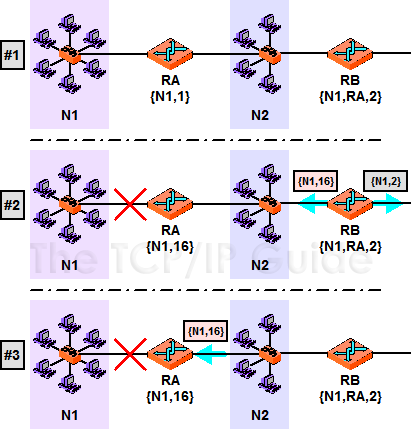 |
|
Please Whitelist This Site?
I know everyone hates ads. But please understand that I am providing premium content for free that takes hundreds of hours of time to research and write. I don't want to go to a pay-only model like some sites, but when more and more people block ads, I end up working for free. And I have a family to support, just like you. :)
If you like The TCP/IP Guide, please consider the download version. It's priced very economically and you can read all of it in a convenient format without ads.
If you want to use this site for free, I'd be grateful if you could add the site to the whitelist for Adblock. To do so, just open the Adblock menu and select "Disable on tcpipguide.com". Or go to the Tools menu and select "Adblock Plus Preferences...". Then click "Add Filter..." at the bottom, and add this string: "@@||tcpipguide.com^$document". Then just click OK.
Thanks for your understanding!
Sincerely, Charles Kozierok
Author and Publisher, The TCP/IP Guide
|
|
|

Custom Search
|
|
RIP Special Features For Resolving RIP Algorithm Problems
(Page 2 of 4)
Split Horizon With Poisoned Reverse
This is an enhancement of the basic split horizon feature. Instead of omitting routes learned from a particular interface when sending RIP Response messages on that interface, we include those routes but set their metric to “RIP infinity”, 16. So in the example above, Router B would include the route to Network 1 in its transmissions on Network 2, but it would say the cost to reach N1 was 16, instead of its real cost (which is 2).
The “poisoned reverse” refers to the fact that we are poisoning the routes that we want to make sure routers on that interface don't use. Router A will see Router B advertise Network 1 but with a cost of 16, which serves as an explicit message to Router A: “there is absolutely no way for you to get to Network 1 through Router B”. This provides more insurance than the regular split horizon feature, because if the link from Router A to Network 1 dies as we described in the previous topic, Router A will know for certain that it can't try to get a new route through Router B. Figure 175 shows how split horizon with poisoned reverse works.
This technique also works in normal circumstances (meaning, when there is no issue such as a broken link to a network). In that case, Router A will receive updates from RB with a cost of 16 on a periodic basis, but RA will never try to reach Network 1 through Router B anyway, since it is directly connected to Network 1 (cost of 1).
|
|
| |||||||||||||||||||
Home - Table Of Contents - Contact Us
The TCP/IP Guide (http://www.TCPIPGuide.com)
Version 3.0 - Version Date: September 20, 2005
© Copyright 2001-2005 Charles M. Kozierok. All Rights Reserved.
Not responsible for any loss resulting from the use of this site.







